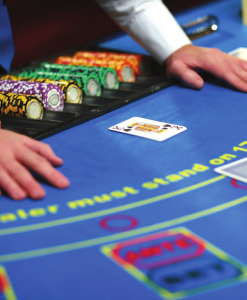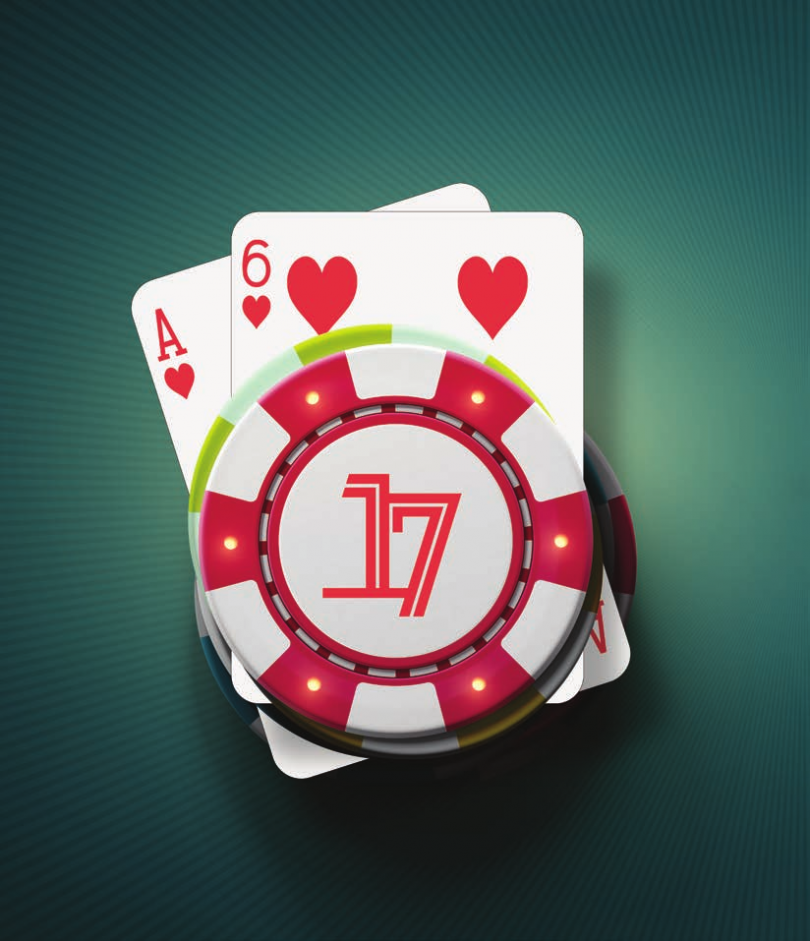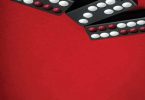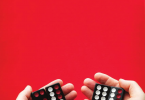In blackjack, any hand in which a player is dealt an ace and a six – or cards that add up to six – is called “soft 17” … but it is often played incorrectly.
In blackjack you can think of hands as being in two categories – hard hands and soft hands. Whenever you are dealt an ace in your starting hand you have a soft hand, unless the other card is a 10, J, Q or K (giving you blackjack) or another ace (giving you a pair of aces). There are eight starting soft hands with A2 being soft 13, A3 soft 14, A4 soft 15, A5 soft 16, A6 soft 17, A7 soft 18, A8 soft 19 and A9 being soft 20. With an ace able to act as either 1 or 11 it is entirely possible to get soft 21 by holding an ace and two or more cards that total ten (although not in your starting two cards of course).
There is no such thing as soft 12 because with AA, nobody should use a single ace as 1 and the other ace as 11. Splitting this pair gives you two 11s, which gives you so many more ways to win. Should you be lucky enough to draw two more 10s you have two hands that total 21. Splitting aces is such a basic move that should you be playing blackjack for the first time and get dealt AA as your first hand – and you look like you don’t know what you are doing – the dealer will tell you to split it.
Everyone learns to split aces very soon after beginning to play blackjack. Of course, some players with rich imaginations will choose not to split. They hit and sometimes even double down, but they are simply playing blackjack on another planet and will lose money in the long run.
Today our focus will be on soft 17. First of all, let’s talk about what happens when the dealer is dealt soft 17. As you should be aware, when the dealer is dealt 17 or higher, the house always stands.
What happens when the dealer is dealt A6? In Macau, when a dealer is dealt A6 it is the same as being dealt 17 via any other card combination, the result is the same and the answer is simple: they stand.

However, when you hold A6 it is a totally different affair. In a player’s hand A6 can be 7 or 17. So what should you do? Well, in order to make the correct decision we have to go back to the concept of EV (expected value). In blackjack, 17 is a weak hand – it is a losing hand against all dealer up-cards except a 6, and even against a 6 it only boasts marginally positive EV. It is essentially a break even hand.
There are 13 cards from A to K. If we choose to hit on A6 we have four chances to improve our hand by drawing either an A, 2, 3 or 4. We have four chances of getting a 10-value card (10, J, Q or K) and turning our soft 17 into a hard 17. No harm done. For the other five chances we end up with an even worse hand than 17, but it’s only marginally worse and we can continue the fight and keep hitting if necessary (usually when the dealer has a 7 or better). The hand is not busted yet. Nobody can predict the future, but when you look down to see A6 at a blackjack table you should know this is not a great spot and you often have to improve your hand to win.
If you are an aggressive player and feel lucky, you can even double when the dealer has 5 or 6. We only get one card after doubling, but we know the dealer has a high chance of busting. In summary, never stand on soft 17. Always draw at least one more card.







